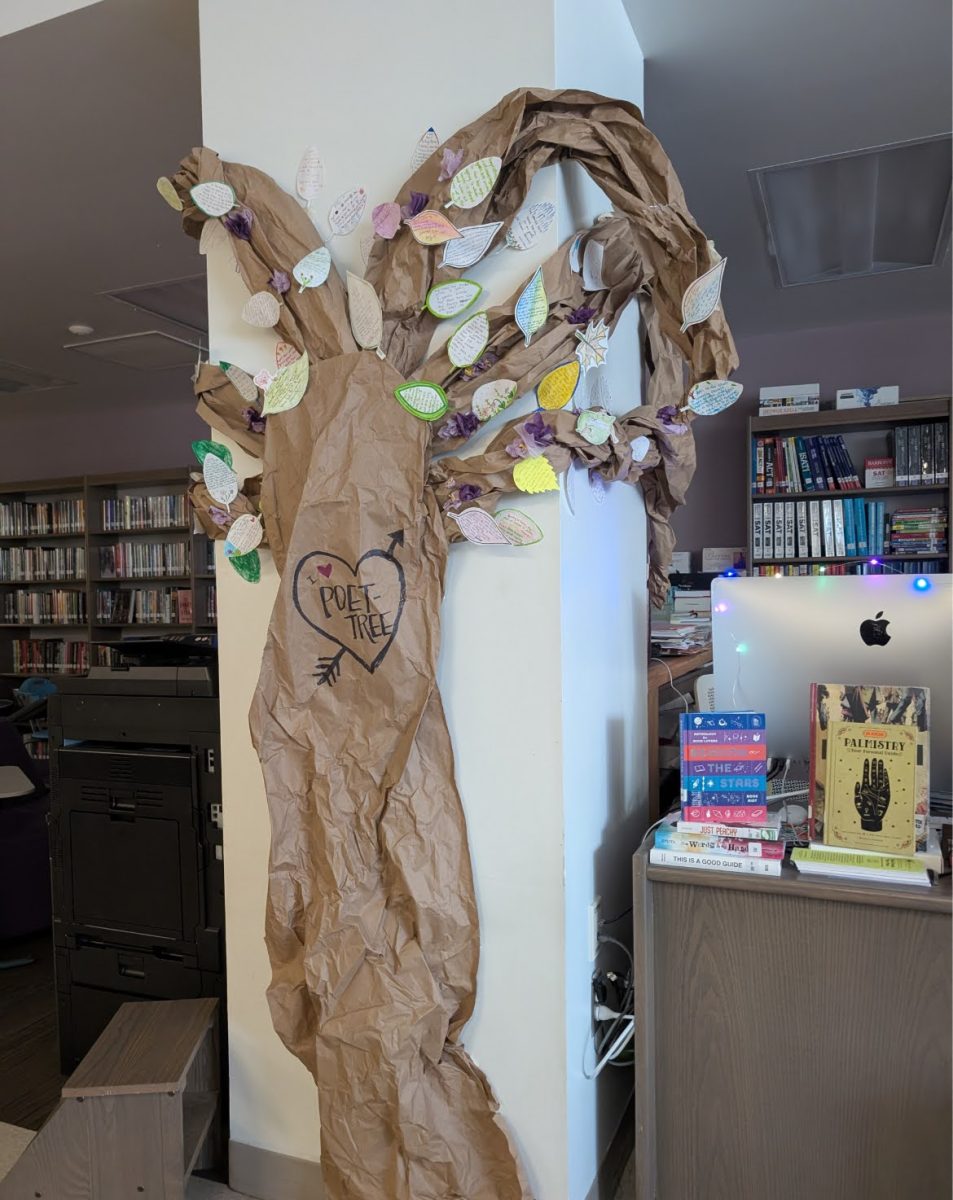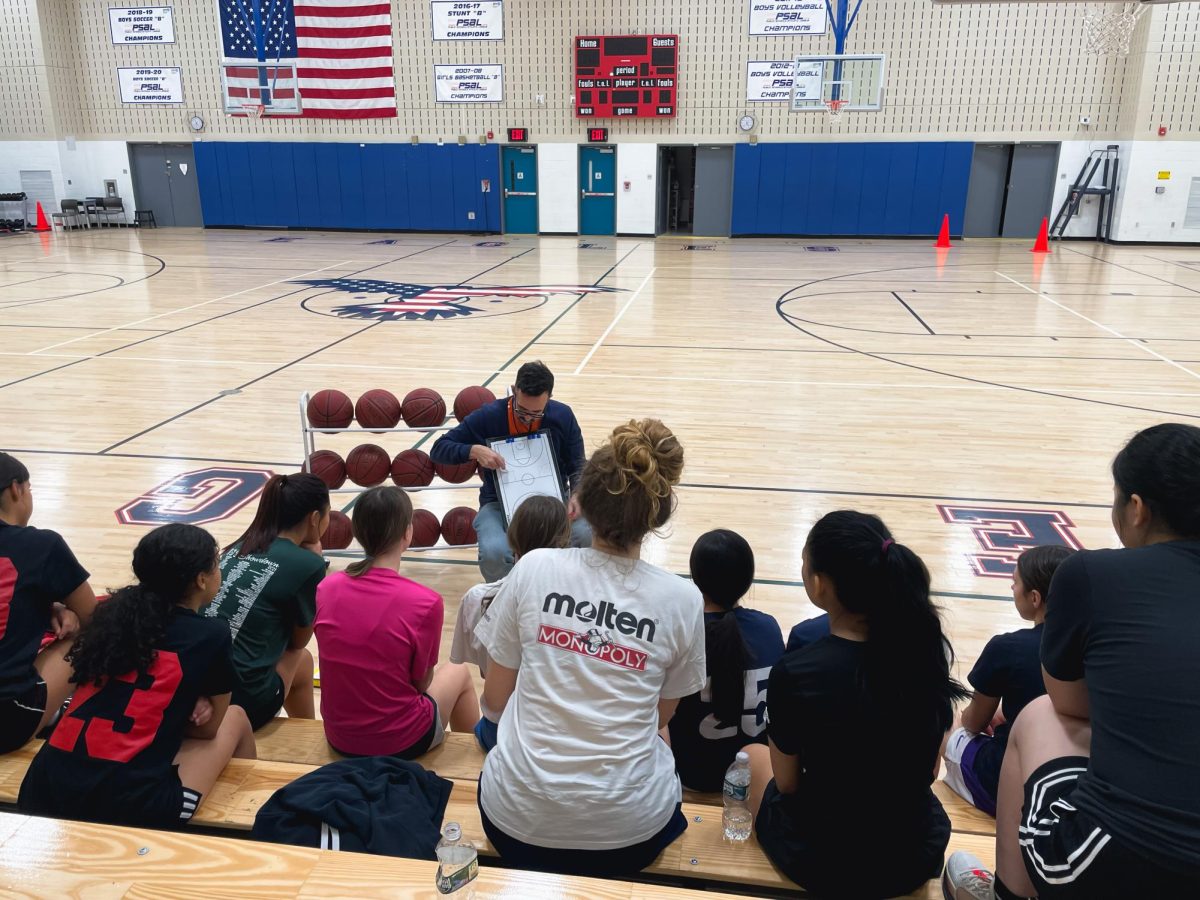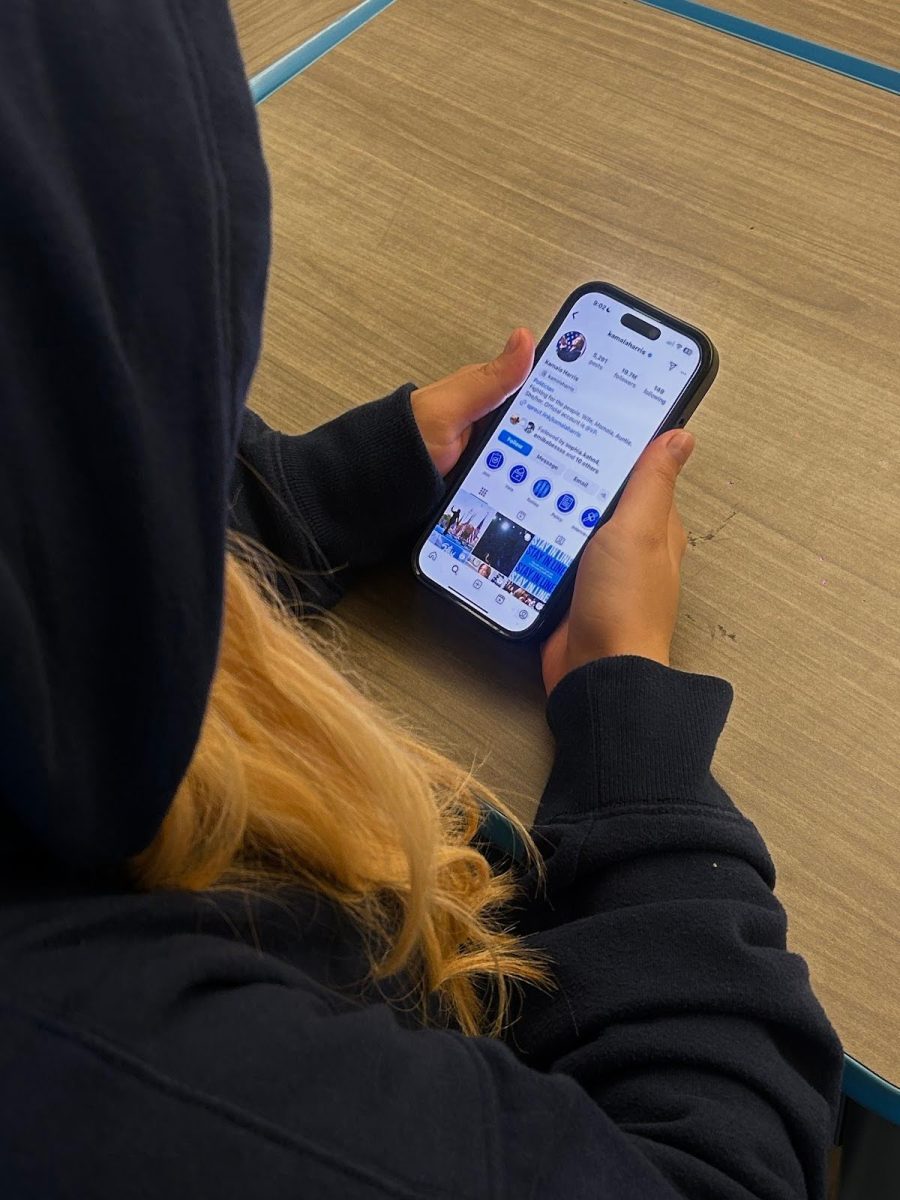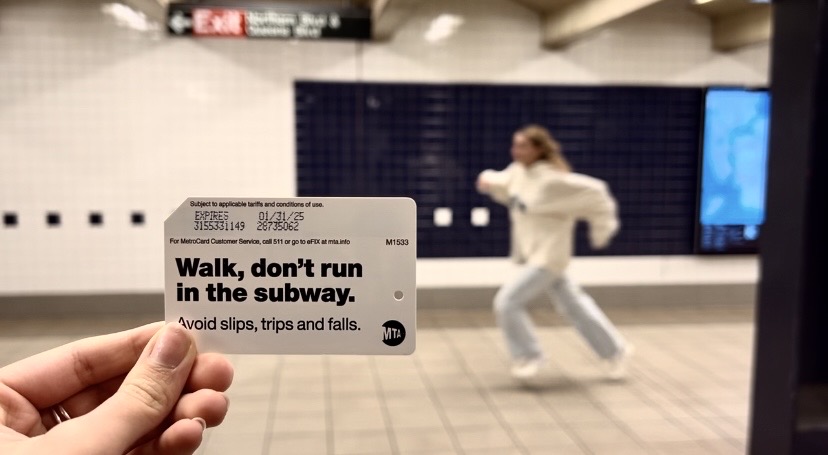On January 30, students received their finalized midyear report cards, marking the end of the fall semester. These grades are saved onto a student’s high school transcript and, for seniors, sent to colleges through midyear reports.
Report cards are distributed six times a year once for each academic school year marking period. They include the courses a student takes, their grades for each course, and their cuts and absences. Report cards also feature a space for teachers to make comments on a student’s behavior, work ethic, and course contributions, allowing teachers to express their concerns or recognize their students’ diligence and hard work.
Students, on the other hand, have differing opinions about the end of the fall semester. Some see the end of the semester as a final chance to improve before the end of the year, while others see it as a chance to maintain their current grades.
Midyear reports can also play vital roles in the college application process. Some schools require that those reports be sent in as a part of the application, or are requested to ensure a student can still manage higher-level school work while maintaining their grades.
While the significance of report cards is clear for a student, it is also important to consider the perspective of parents and guardians. Parents and guardians use report cards to understand their children’s academic progress, and it helps provide them with insight into how they can help their children improve. The impact of a report card is just as crucial to a student as it is to a parent.
Parents can grow with their children through education by understanding their strengths and weaknesses. Report cards help provide valuable insights as a family that help create a better emotional and social bond.
Report cards are more than just a reflection of grades; they are a collaborative tool that allows students, parents, and instructors to discuss academic achievement together, promoting deeper connections and mutual improvement.









